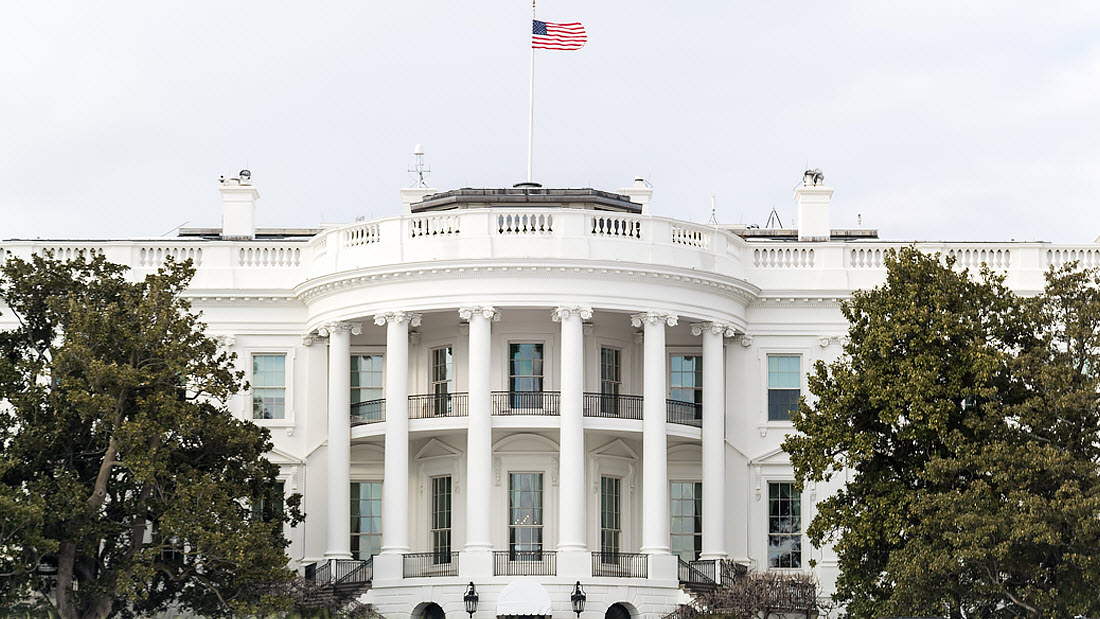DOD Agrees to Share Midband Spectrum for Commercial 5G

The Trump Administration is making 100 MHz of midband spectrum available for FCC auction by December 2021, according to the White House, and use by commercial 5G providers at full power ASAP, at least on the government timeline.
The move was billed as strengthening U.S. leadership in 5G.
Related: Trump Calls for National Spectrum Strategy
White House and DOD officials said Monday (Aug. 10) that they had identified spectrum between 3450 and 3550 GHz currently used by DOD for key radar applications, that could be freed up quickly for sharing with commercial 5G without sacrificing national security or military uses, specifically critical radar for air defense, missile and gun control, battlefield weapon locations, air traffic control, and more.
The Administration will work with industry on the sharing regime, which will require ongoing coordination.
Related: White House Cites Progress in Closing Rural Digital Divide
The White House and DOD worked quickly to identify the spectrum and free it up as quickly as possible, but due to statute it must be done on an 18-month time frame, though an official speaking on background pointed out that the time frame for federal spectrum to get to market can often be six or seven years, so the timeline was fast in that context.
The smarter way to stay on top of the multichannel video marketplace. Sign up below.
A DOD spokesperson said it worked on an unprecedented 15-week schedule to find the spectrum, with Secretary of Defense Mark Esper leading the effort and working with the National Telecommunications & Information Administration to devise a spectrum sharing framework.
Related: FCC, Pentagon Go to War Over 5G Spectrum
Michael Kratsios, chief technology officer in the White House Office of Science and Technology and deputy assistant to the President called it the fastest transfer of spectrum from federal use to commercial in history--the White House and DoD started work on finding the spectrum back in April. He said that the "critically needed" spectrum could be available for commercial use by mid-2022.
He said the decision on the 100 MHZ came after the White House and DOD "rigorously analyzed" the spectrum in what he called an "unprecedented collaboration." He said that spectrum will be for contiguous, coast-to-coast deployment at full power levels.
He called it a groundbreaking achievement, but one that built on other actions, like streamlining 5G buildouts and "taking decisive action to secure domestic networks."
Kratsios said the U.S. "will continue to build the best 5G networks." Winning the race to 5G has been a priority for the administration.
DOD and other agencies, as well as many in Congress, have butted heads with the FCC over sharing spectrum in other parts of the band, including 24 GHz and adjacent to the GPS satellite band, where the FCC wants to allow Ligado to set up its terrestrial broadband service.
White House officials had no comment on whether this new spectrum was related to its opposition to the FCC freeing up spectrum elsewhere.
“I commend the President and Department of Defense for today’s announcement that the 3.45-3.55 GHz band will be made available for commercial 5G deployment," said FCC Chairman Ajit Pai, adding that it was a "key milestone" in making sure the U.S. leads in 5G. "I also would like to thank FCC staff for their work to help create a framework that will promote 5G service in this important band. Together with the spectrum being made available for 5G in the C-band as well as the 3.5 GHz band, we are now on track to have a 530-megahertz swath of mid-band spectrum available for 5G from 3.45 to 3.98 GHz. The FCC looks forward to moving quickly to adopt service rules for the 3.45 GHz band and then hold an auction to bring this prime mid-band spectrum to market.”
“Opening up this critical block of mid-band spectrum for full power commercial operations will enhance U.S. competitiveness in the 5G ecosystem," said CTIA President Meredith Attwell Baker. "We applaud the White House and Pentagon for finding ways to promote our nation’s leadership of the emerging 5G economy while safeguarding vital defense operations.”
Claude Aiken, President and CEO of the Wireless Internet Service Providers Association (WISPA), said his members were "greatly encouraged" by the news. "Spectrum is finite, and it must be shared if Americans are to gain the full benefits of wireless broadband," said Aiken. "The CBRS band shows that a viable framework can be employed to do so – one which both protects national security and allows for commercial use." (The FCC is currently auctioning CBRS spectrum, with gross proceeds totaling $3,036,705,271 at press time after 34 rounds.)
"We want to thank all involved for working through the numerous complex technical arrangements to make available this valuable mid-band spectrum. This sharing will benefit Americans, keeping them safe on the home front, and providing more of the fuel providers and the industry need to bring broadband to hungry consumers."
Contributing editor John Eggerton has been an editor and/or writer on media regulation, legislation and policy for over four decades, including covering the FCC, FTC, Congress, the major media trade associations, and the federal courts. In addition to Multichannel News and Broadcasting + Cable, his work has appeared in Radio World, TV Technology, TV Fax, This Week in Consumer Electronics, Variety and the Encyclopedia Britannica.

